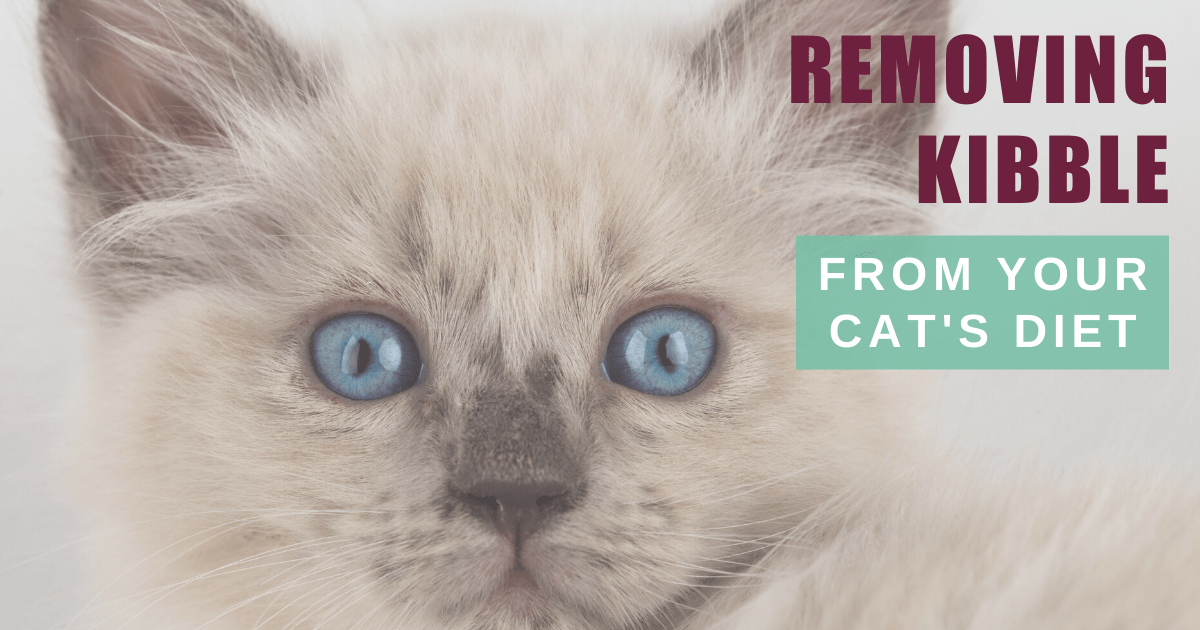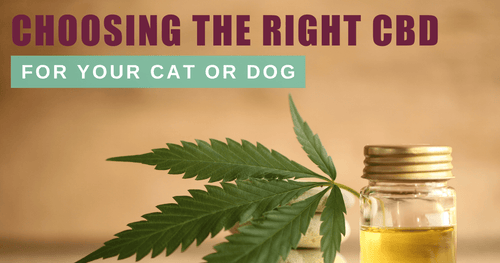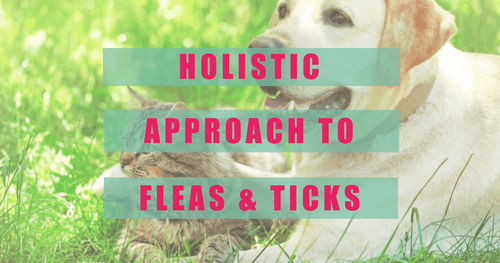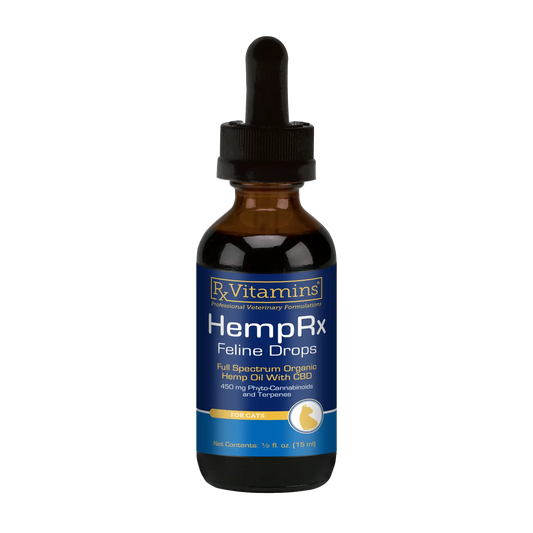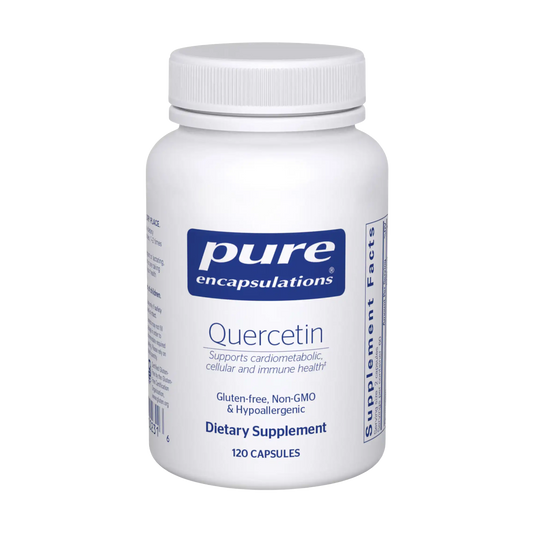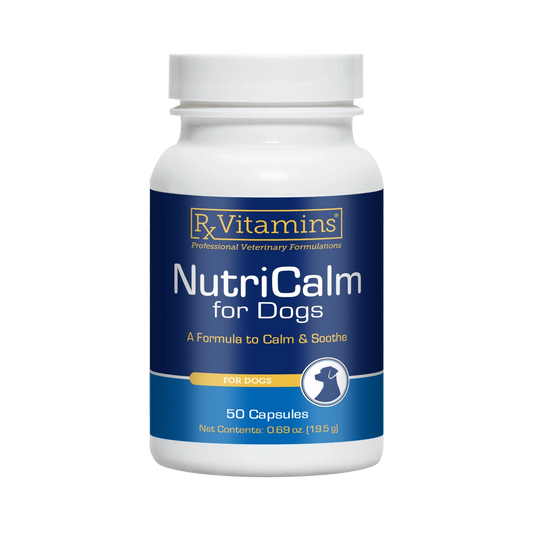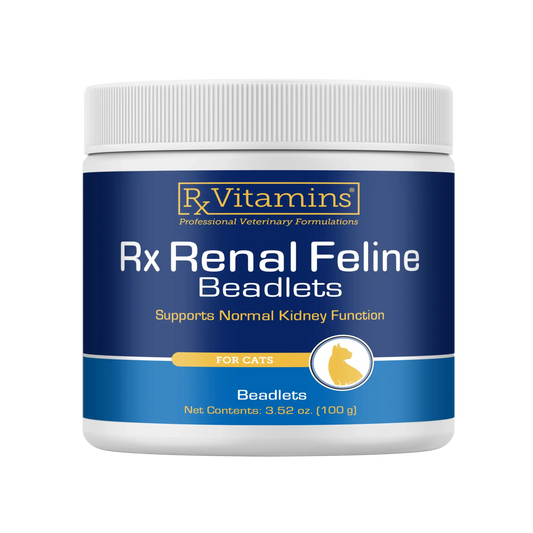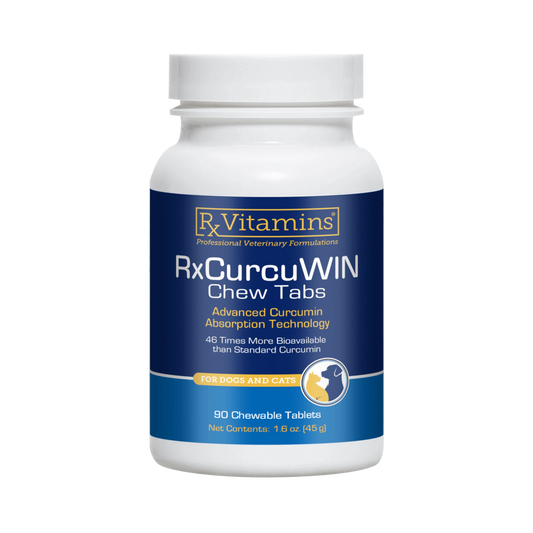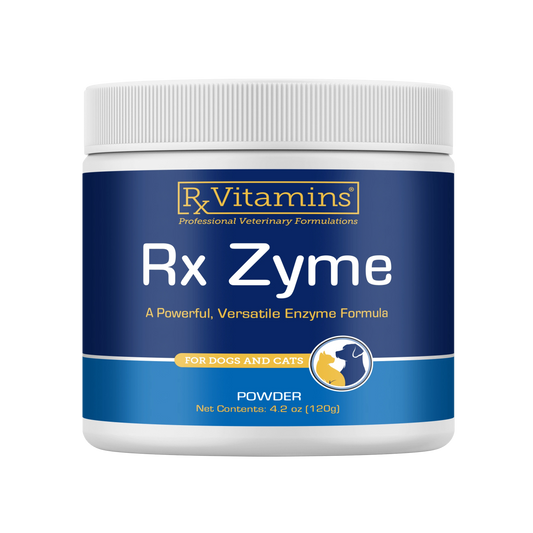Myth: Cats are small dogs.
Truth: Cats are a unique and beautiful species, and deserve to be treated as such!
We have approached feeding our cats as if they were simply smaller versions of their canine counterparts for way too long! With more information on feline diet than ever before, we finally have the knowledge to advocate for our cat’s health in a way that makes sense. This is THE time to be a cat, and a cat lover!
For years, it’s been the norm to feed your cat kibble. We now know that this is not at all a species appropriate diet. For cats, ideal meals are high in protein and moisture while low in carbohydrates. As obligate carnivores, they require a diet which resembles their natural “wild” diet. In the domestic world we live in, this translates to a raw or canned food diet.
The problem is this kibble craze is hard to kick! Our cats are voracious carb junkies. They don’t know it, but it’s a huge contributing factor to many of their common inflammatory diseases such as inflammatory bowel disease (IBD), obesity, and urinary disease. Kibble’s high carb and low protein content is the opposite of what a healthy cat should be eating.
So, how do you kick kibble to the curb? How do you transition your cat from carb-induced comas, and how do you convince the picky or stubborn cat?
Here are my favorite tips when transitioning cats from kibble to a raw or canned food diet:
- Establish set mealtimes. Gone are the days of a 24 hour buffet. Like us, it's beneficial for our cats to have scheduled meal times, and for them to experience hunger. In fact, this will likely work to your advantage when phasing out cat kibble. Your cat is more likely to eat when they are hungry!
Pro tip: There are always exceptions to the rule. If mealtimes are hard, or you just occasionally want to offer a variety of textures, there are available options. For example, Vital Essentials makes ”raw nibs”. These are crunchy, just like kibble, but completely raw. It’s a great contrast to the soft ground meat, and can be left out during the day!
-
Frequent meals. Switching to a canned or raw food diet removes a large volume of carbohydrates and your cat may initially seem hungrier more often. A good way to curb this is by increasing the amount of meals you feed. In nature, cats eat 10-20 times a day. Now, this is an impossible task for most anyone. I do not expect you to present your cat a meal every 30 minutes! Instead, 4 meals served daily is realistic and a great place to start. Using an automatic feeder with an ice pack is an easy way to add a meal into the day while you’re away.
- Find the right product. Not all raw or canned foods are created equal, or so says your cat! Figuring out what texture of food is the most appealing to your cat may take some time. Most local pet food stores will work with you, allowing you to exchange your cat’s least favorite foods for another option. Some cats like the “crunch” of freeze dried while others enjoy a quality pate. You just won’t know until you try!
Pro tip: It’s very important that your cat does not completely stop eating during this process. After 3 days of not eating, cats can get very ill. Go as slow as you need to. Your cat will eventually make the switch but it may not happen overnight.
-
Take notes! You may try many different styles, brands, proteins, and flavors. Record what you’ve tried and how your cat has responded. This will be helpful in the beginning stages when you are finding what works for your feline friend!
- Leave room for a cheat meal. In the beginning, you may need to leave room for a “cheat meal”. No one wants to be cussed out by their cat all night long and sleep is essential for you both. It may be that you offer a few cat kibble bites before bed to satiate your cat’s craving. Another option is to crumble some cat kibble on top of their new diet for one meal per day in the early days of transition. After all, going cold turkey is not for everyone!
Here are a few of my favorite raw and canned food brands:
- I and Love and You
- Open Farm
- Stella & Chewy's
- The Honest Kitchen
- Wellness
- Small Batch
- Vital Essentials
While some cats instantly take to the transition from cat kibble, others may take their sweet time. Try not to get discouraged and understand that this process may take months for some cats!
How was your cat’s transition from kibble? What are you feeding and what wisdom can you pass along to other kitty parents? Let me know in a comment below!
With love,
Claire
